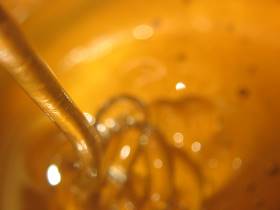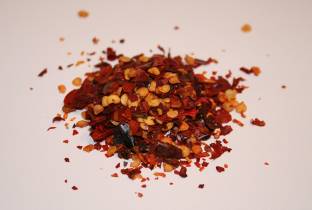15 Fat Burning Foods You Need to Know
1. Walnuts
All nuts do contain some amount of the omega 3 a alpha-linolenic acid, but most only contain trace amounts. The real fat hero in most nuts is mono-unsaturated fats. Walnuts are actually a rich source of omega-3s. One ounce provides almost 3g of alpha-linolenic acid.

2. Ginger
Used for centuries to help relieve digestive upset/disturbances, ginger can also help reduce inflammation, boost blood flow to muscles and aid muscle recovery. It has also been shown to boost calorie burning when eaten.

3. Oatmeal
This very slow-digesting carb keeps blood sugar and insulin levels low, so fat burning can stay high. In fact, research has shown that athletes who consume slow-digesting carbs in the morning burn more fat throughout the entire day and during workouts than those consuming fast-digesting carbs.

4. Avocado
The mono-unsaturated fats found in avocados are burned readily for fuel during exercise and actually encourage fat burning. Avocados also contain a very interesting carb called mannoheptulose, a sugar that actually blunts insulin release and enhances calciumabsorption, both of which are critical for encouraging fat loss.

5. Salmon
This fish is one of the richest sources of the omega-3 essential fats. Unlike flaxseeds that provide a type of omega-3 that has to be converted into EPA and DHA, salmon provides your body a direct supply of them with no conversion required. This way you know you’re getting a direct supply of the fats that turn on fat burning and block fat storage.

6. Soy Beans
Soybeans are the direct origin of soy protein, which has been shown to build muscle as efficiently as other forms of protein like whey and beef. Soy has also been shown to aid fat loss, possibly by decreasing appetite and calorie intake.
7. Water
This just may be your best ally in fighting body fat. Studies have shown that drinking 2 cups of cold water can boost metabolic rate by 30%. Drinking about 2 cups of cold water before breakfast, lunch and dinner every day for a year can burn 17,400 extra calories, which translates into a little more than 5 pounds of body fat!

8. Broccoli
This fibrous carb doesn’t provide many net carbs or calories, but it can make you feel full – one reason why it’s a great food for getting lean.

9. Flax Seeds
They contain the essential omega-3 fatty acid alpha linolenic acid. These omega-3 fats have been found to turn on genes that stimulate fat burning and turn off genes that increase fat storage.
10. Grapefruit
A recent study from the Scripps Clinic in San Diego, California reported that subjects eating half of a grapefruit or drinking 8oz of grapefruit juice three times a day while maintaining their normal diet lost an average of 4 pounds over 12 weeks. Results were likely due to grapefruit’s ability to reduce insulin levels and a chemical in grapefruit known as naringin, which prevents fat from being stored in the body.

11. Eggs
Research supports the notion that those who start their day with eggs not only eat fewer calories throughout the day, but also lose significantly more body fat.

12. Honey
Yes, it’s a sugar, but it’s fairly low on the glycemic index. Keeping insulin levels low and steady is critical for maintaining a fat-burning environment in your body. Honey is also a rich source of nitric oxide (NO) metabolites; ultimately, that means it actually encourages fat release from the body’s fat cells.

13. Peanut Butter
A source of helpful mono-unsaturated fat that can aid fat loss. Many food manufacturers make low-fat peanut butters but replace these healthy mono-unsaturated fats with carbs, namely sugar. Avoid these and stick with natural peanut butters.

14. Chilli Pepper Flakes
Hot peppers contain the active ingredient capsaicin, a chemical that can enhance calorie burning at rest as well as reduce hunger and food intake. The boost in calorie burn is particularly enhanced when capsaicin is used with caffeine.

15. Olive Oil
Like avocados, olive oil is a great source of monounsaturated fats. Not only do they lower levels of the “bad” type of cholesterol and improve cardiovascular health, but they’re also more likely to be burned as fuel, which means they’re less likely to be sticking around your midsection.

















